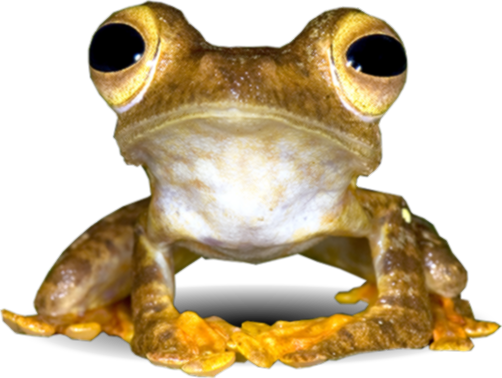The Clusiaceae plant family is characterised by thick, cream to yellowish natural exudates from the trunk, twigs or fruits, and leathery leaves with inconspicuous secondary veins. The family has 14 genera with over 600 species, one of which is Calophyllum inophyllum. Known as “Bintangor laut” among the Malay community, this species is native to East Africa, India, Southeast Asia, Australia and the South Pacific. This species naturally grows in coastal areas and is commonly used as an ornamental, street, and shade tree.
Calophyllum inophyllum is a medium-sized tree that can reach up to 25 metres in height, featuring broad-spreading crowns and irregular branches (Latiff et al., 1999). It is well adapted to coastal environments by having large, leathery leaves and sturdy branches that resist salt spray, strong winds and typhoons. These features serve as effective natural windbreaks and shelterbelts (Goeltenboth et al., 2006, Orwa et al., 2009). However, C. inophyllum is not suitable for planting as an overstorey tree because its dense crown limit light penetration to understorey trees in forest ecosystems (Friday & Okano, 2006).
Calophyllum inophyllum has a shallow root structure, allowing it to adapt to sandy or porous soils, and its roots can tolerate occasional inundation and saltwater conditions (Friday & Okano, 2006). This species is slow-growing and requires direct sunlight for optimal growth. The flowers bloom year-round, growing in racemose inflorescences, where the main stalk keeps growing and new flowers keep forming at the top and centre with 4–15 flowers per stalk (Ong et al., 2011). The flowers are whitish, emit sweet scents and attract pollinators such as bees (Orwa et al., 2009). The fruits are light green, round, contain a single large seed (Ong et al., 2011) and when ripe, become wrinkled and brownish. Fruit bats consume these pulpy fruits and aid in seed dispersal (Goeltenboth et al., 2006).
In Madagascar, Calophyllum inophyllum has been traditionally used for medicinal purposes, such as treating wounds and skin ailments, as well as in cosmetics (Ong et al., 2011). Research by Ong et al. (2011) suggests that C. inophyllum seed oil may have potential as a biodiesel fuel. The seed oil, also known as Tamanu oil, has been used for skin and hair care, although further research is needed to ensure its safe use (Sissons, 2024). While typically classified as a lightweight to medium-heavy timber, C. inophyllum is often marketed as "beach calophyllum". It differs by being heavier, stronger, more durable, harder to saw, having woolly sawn surfaces and should not be used for lengths over 3 meters because it tends to bend (Soerianegara & Lemmens, 1993)
Calophyllum inophyllum is often mistaken for Terminalia catappa because of similar structure and appearance. However, they can be distinguished by their leaves. Terminalia catappa has broader, egg-shaped leaves measuring 12–30 × 8–15 cm, with branched veins. In contrast, C. inophyllum has smaller, oval-shaped leaves, about 10–20 cm long and 6–9 cm wide, with distinct parallel veins (Friday & Okano, 2006).
